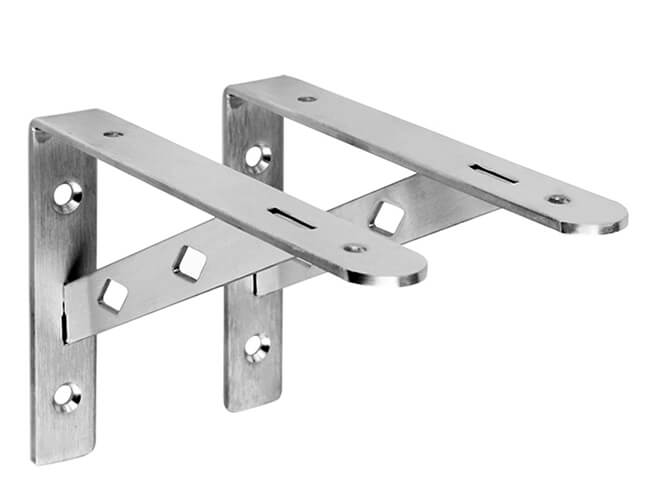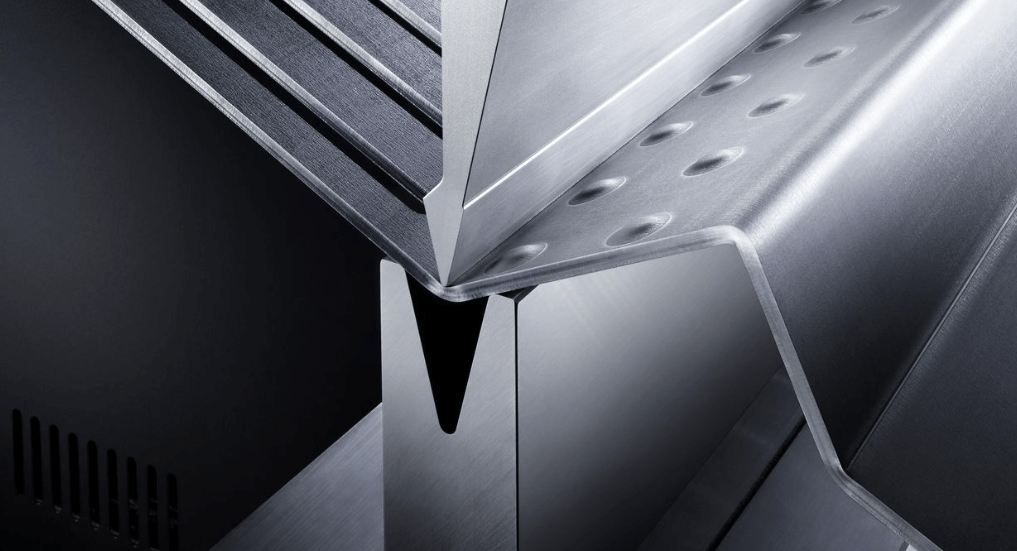Introduction to Sheet Metal Brackets Fabrication
Sheet metal brackets are essential components in various industries such as automotive, aerospace and construction. They include industrial sewing machine parts, janome sewing machines parts, lg washing machine parts uk, machine part, machining medical imaging parts, machining of custom parts for medical imaging, nespresso coffee machine replacement parts, nespresso coffee machine spare parts and nespresso machine replacement parts.
These brackets provide structural support and help to hold different parts such as industrial sewing machine parts, janome sewing machines parts, lg washing machine parts uk, machine part, machining medical imaging parts, machining of custom parts for medical imaging, nespresso coffee machine replacement parts, nespresso coffee machine spare parts and nespresso machine replacement parts together. In order to ensure the highest quality and precision, it is essential to follow the correct manufacturing process. This guide will provide an overview of the manufacturing of sheet metal brackets, including the materials used, design considerations, and the manufacturing process itself.
Sheet metal brackets can be fabricated from a wide range of materials, including steel, aluminum, and stainless steel. The choice of material depends on the specific application and the desired properties of the bracket. Steel brackets are known for their strength and durability, making them suitable for heavy-duty applications. Aluminum brackets, on the other hand, are lightweight and corrosion-resistant, making them ideal for aerospace and automotive industries. Stainless steel brackets offer excellent resistance to corrosion and high temperatures, making them suitable for harsh environments.
Before starting the manufacturing process, the design aspects of the stent must also be considered. The design should take into account load-bearing requirements, available space and any specific environmental conditions, including careful determination of the shape, size and thickness of the bracket to ensure optimal performance. Additionally, factors such as hole location, bend radius, and tolerance levels should be considered to ensure proper fit and function.
Steps Involved in the Fabrication Process of Sheet Metal Brackets:
The fabrication process for sheet metal brackets involves several steps, including cutting, bending, welding, and finishing. Each step requires precision and attention to detail to achieve the desired outcome.
The first step is cutting the sheet metal to the required size and shape. This can be done using various methods, such as laser cutting, water jet cutting, or shearing. Laser cutting offers high precision and clean edges, while water jet cutting is suitable for thicker materials. Shearing is a cost-effective option for simpler shapes.

After cutting, the sheet metal is bent to the desired angle using a press brake or a similar bending machine. The bending process requires careful calculation of the bend allowance and the use of appropriate tooling to achieve accurate results.
Welding is often necessary to join multiple pieces of sheet metal together. This can be done using various welding techniques, such as TIG (Tungsten Inert Gas) or MIG (Metal Inert Gas) welding. The choice of welding method depends on the material and the specific requirements of the bracket.
Once the fabrication is complete, the brackets undergo a finishing process. This may involve deburring, sanding, or polishing to remove any sharp edges or imperfections. Surface treatments, such as powder coating or plating, can also be applied to enhance the bracket’s appearance and protect it from corrosion.
Sheet metal bracket fabrication is a complex process that requires careful consideration of materials, design, and fabrication techniques. By following the proper steps and using the right tools and techniques, high-quality brackets can be produced to meet the specific requirements of various industries. Whether it is for automotive, aerospace, or construction applications, sheet metal brackets play a crucial role in providing structural support and ensuring the integrity of different components.
